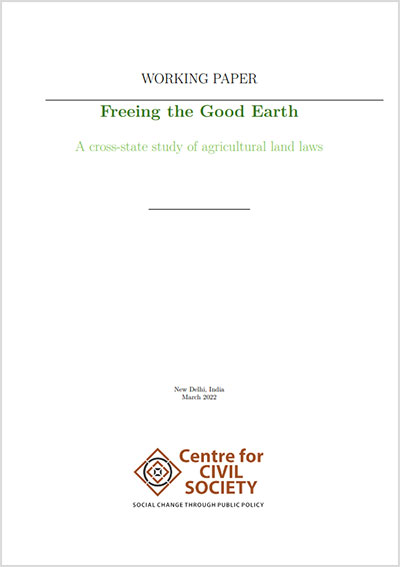Since Independence, the average landholding size of agricultural households across India has steadily declined. In 1970, an average agrarian household owned over 2 hectares of land; this fell to 1.4 hectares by the 1990s. In 2019, this was 0.876 hectares. Simultaneously, agriculture's contribution to Gross Domestic Product (GDP) fell to 16.6% in 2019 from 41% in 1970. Despite this regression, 42% of India’s workforce is employed in agriculture. What is keeping Indian farmers locked in this perpetual cycle of poverty? The reasons for low income in the sector are multifold. Regulations limit farmer freedom and distort every aspect of the production and sale process.
Restrictions on how farmers can use their key, often only, capital asset—land—is a major force at play. At the time of independence, India’s agrarian economy was dominated by zamindars or landlords. These landlords owned a vast majority of the land, and cultivators had little rights. These restrictions have trapped farmers in agriculture, shackled them to their land, and prevented upward mobility.
Different states regulate these aspects in different ways. This research paper studies laws across 20 Indian states, assesses the impact these restrictions have, and suggests potential changes that states could adopt to empower farmers to decide how they use their land. Every aspect of the agricultural land market is highly regulated. These regulations were created to protect farmers, but instead, they hurt the very farmers it sought to protect. The paper looks at four distinct types of encumbrances on landowners:
- Restrictions on who can buy agricultural land.
- Restrictions on land size.
- Restrictions on leasing.
- Restrictions on land conversion.



